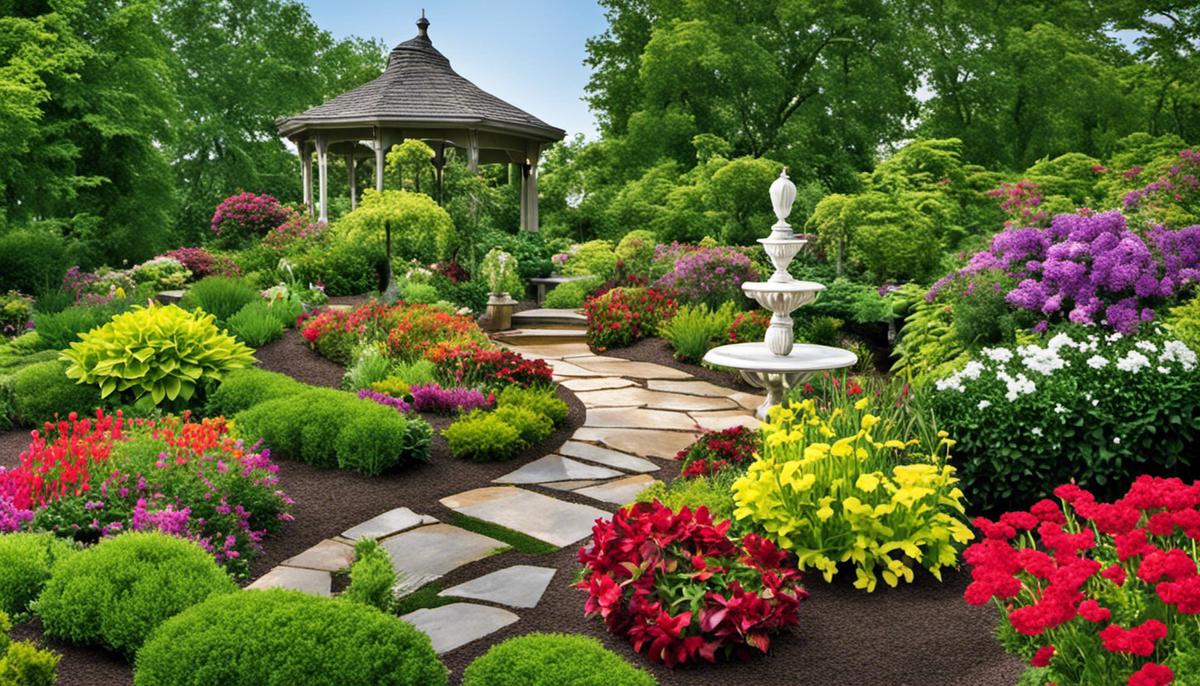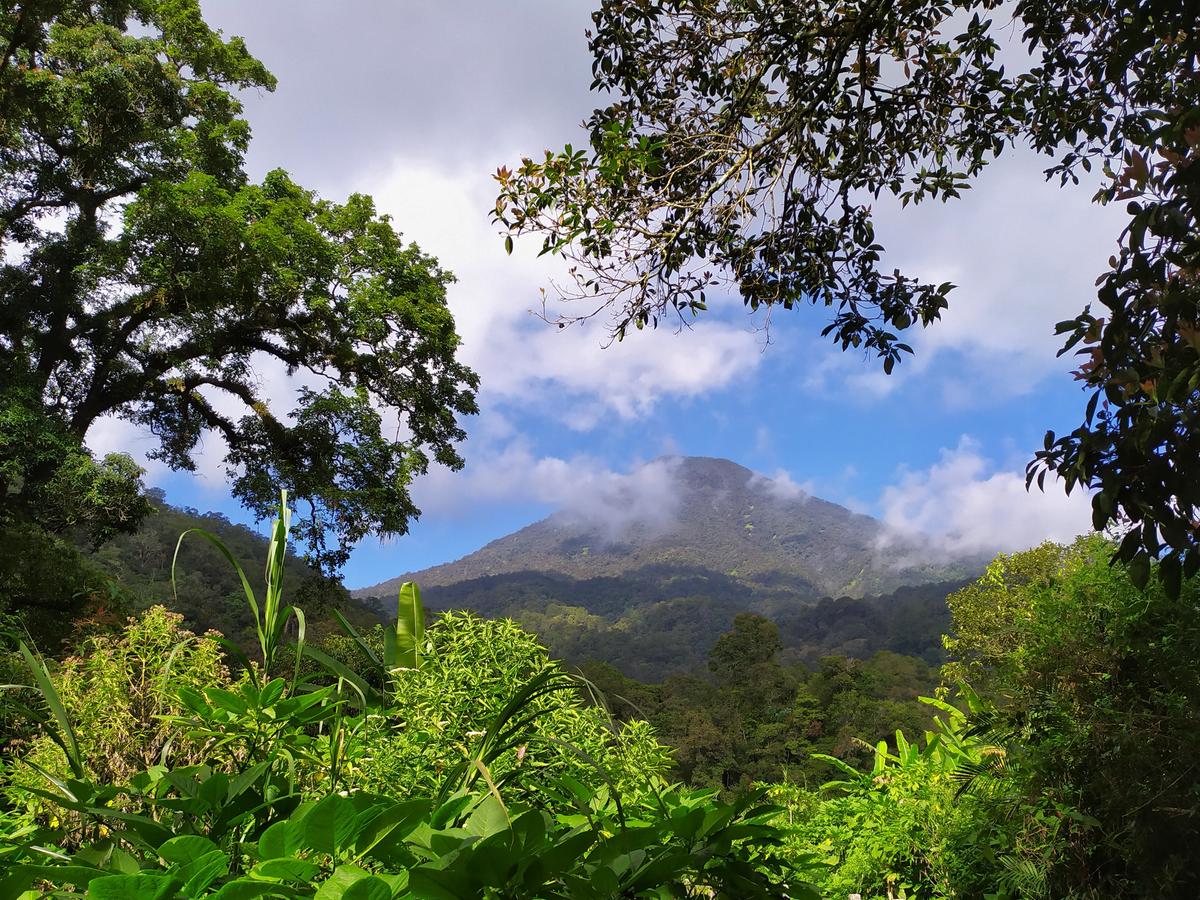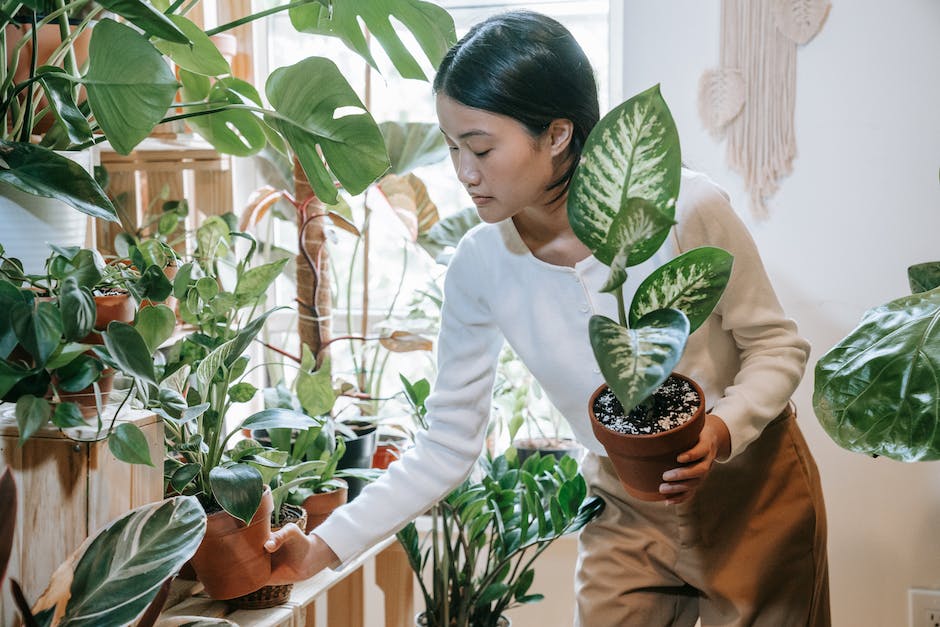Essentials of Designing a Large Garden

The captivating beauty and tranquility of a well-designed large garden is something to behold. From regal formal gardens that command authority with their geometric shapes and symmetry, to the charming allure of a cottage garden teeming with fragrant blooms and buzzing life, there’s a garden style for every taste. Navigating through the myriad of garden design options isn’t always easy; hence, this piece aims to shed light on diverse styles and themes to help you define the overall look and feel of your large garden. Moreover, the intricacies of planning and layout will be discussed, touching upon aspects like topography, soil quality, and climate, and the importance of drafting a detailed plan to visualize your dream garden from multiple perspectives. The essay also delves deep into the importance of careful plant selection and strategic placement, taking into account factors such as growth habits, care requirements, and climate suitability, and combining these with consideration for aesthetics.
Understanding Garden Styles and Themes
Unveiling Garden Styles: Ideal Inspirations for Large Gardens
Garden enthusiasts! It’s an exhilarating ride, embarking on a garden redesign, especially when the canvas is a sizable space. The blending of accumulated knowledge, aesthetic tastes, and newly inflamed creativity results in an ethereal landscape that will be a sight to behold. Here, we shall delve into different garden styles and apply their magic to a large garden panorama.
-
English Cottage Gardens: Conjuring Romantic Vistas
Steeped in history, English cottage gardens are a beautiful confluence of order and chaos, featuring tightly packed plants that spill across pathways. An ideal style for large gardens, they typically showcase a gauntlet of roses, herbs, and fruit trees. It’s a freestyle garden where the ‘anything goes’ way of gardening promises an enchanting view. Forget rigid lines or precision, let nature take control.
-
Japanese Gardens: Embracing Zen Serenity
Imagine transforming your garden into a peaceful sanctuary that’s anything but mundane. Japanese gardens would be an ideal choice. These spaces thrive on balance and asymmetry. They feature stone lanterns, gentle waterfalls, Koi ponds, and carefully pruned trees. The harmony of elements in a Japanese garden can provide an environment perfect for meditation and reflection.
-
Italian Gardens: Capturing Classic Allure
Italian gardens are all about symmetry, linear paths, geometric shapes, and controlling nature artistically. Stone statues, water features, and immaculate topiaries commonly adorn these spaces. Maintaining such a classic style in a large garden would demand careful planning, but guarantees grandeur in every corner.
-
Modern Minimalist Gardens: Defining Contemporary Spaces
Out with unnecessary ornamentation and in with purposeful, practical design. Minimalist gardens shed the excessive, highlighting the beauty of clean lines and simplicity. Incorporating this style into a large garden creates spacious, depersonalized landscapes. It lends an illusion of expanded space, incorporating patio areas, water features, and Infinity edges.
-
Wildflower Meadow Gardens: Embracing Natural Charm
Wildflower meadows are a paint palette of nature, full of color, vibrancy, and life. They’re great for attracting native insects and birds, making them an ideal style for large gardens. These gardens offer an ever-changing tapestry of color as different species flower at varied times of the year.
When reshaping your garden, remember it is a personal space, a reflection of your aesthetic taste. Finding the right fit might be a journey of trial and error. But patience is the gardener’s greatest virtue. Opt for plants that suit your regional climate and soil. With time, as plants mature and designs evolve, you’ll find your garden space blanketing into various seasons of bloom and under it, the gardener’s joy of nurturing life, flourishing right in front of their eyes.

Planning and Layout
Let’s venture into the enchanting world of designing and planning large gardens! Delineating the path to create a sprawling garden can seem like a Herculean task. However, with the right set of knowledge, tools, and a sprinkle of enthusiasm, it’s a journey filled with learning, exploration, and immense satisfaction. We’ll take a deep dive into the nuances of planning every aspect of your beloved green haven, keeping in mind the already covered garden styles like the English Cottage, Japanese, Italian, Modern Minimalist, or Wildflower Meadow Gardens. Let’s dive right in!
First, visualize the garden as a living canvas where there’s an ample scope for creativity to bloom. Accept that your dream garden won’t happen overnight: patience and persistence are crucial seedlings in this endeavor. Begin with a design blueprint. To do so, take measurements of the area available and sketch it out. It is beneficial to keep a scale for reference- for instance, 1 inch on your sketch could correspond to 10 feet in real life.
Next, identify the garden’s sun-rays and shadows’ trajectory. This understanding will help in strategically placing those sun-loving or shade-preferring flora in their respective spots. A digital layout can be helpful, divided into sections that represent the different parts of the garden.
Now, a large garden provides ample scope for incorporating various features. You can have a vegetable patch, a herb border, collections of shrubbery or even a tree grove. Mark out these areas on the layout and provide appropriate buffer zones. A meandering path between them could essentially bring a sense of movement and dynamism to the design.
Then, it’s important to consider the soil type of the garden – from loamy, sandy, clay or silt. This greatly determines the types of plants that will thrive. Always plant with the vision of how the plants will grow over-time. Keep in mind the plant’s full-grown size, foliage, bloom time, and season of interest.
After intensive planning, the next step is to purchase the necessities. Always stick to the list of plants as per your planning and resist the lure of buying off the whims. Quality tools, good soil/mix, a reliable water source, and other inputs like light should be arranged beforehand. An automated drip irrigation system is feasible for large gardens and can save water, effort, and maintain plant health.
Finally and crucially, start implementing your plan. Begin ground preparation with determination, dig in, get muddy, and remember every sweat drop will yield fruitful results! Relish in the milestones, small steps, ups and downs, and the joy that your garden will bring with each passing day. Gardening is indeed a rewarding hobby that connects one with Mother Earth.
The bountiful beauty of a well-planned large garden waits; planning and executing a sprawling expanse may require effort and patience, but the satisfaction and joy that comes with it are beyond words. Here’s to your dream garden that will be a beacon of your dedication, love, and zest!
Grasp these guiding principles firmly, and you’re equipped with a roadmap to develop a garden that could rival Eden. Here’s to growing lush and verdant landscapes!

Photo by johanoonemo on Unsplash
Plant Selection and Placement
As an avid gardening enthusiast, knowing how to strategically place plants within a large garden is both an art and a well-honed skill. The essence of this skill resides not only in the knowledge of plant species, their growth patterns and aesthetics, but also in understanding the overall environmental conditions pertaining to the garden. Here are some practical guidelines to follow in creating a garden that is not just a green panorama, but your personal masterpiece.
Firstly, learn the nuances of your climate zone – each geographic area has distinctive climatic conditions impacting plant life. Dig deep into the local weather patterns, rainfall and humidity levels, frosts and average temperatures, to make informed choices on plant selection. Native plants thrive best, and they ensure you remain in harmony with the local ecology.
Secondly, remember that plants have social dynamics too. Some relish solitude, while others prefer being a part of a community. For example, while placing perennials, remember they love company and tend to flourish when planted in groups. Conversely, majestic trees often demand their own space to showcase their full spread.
Engage with color theory, understanding how different hues can complement or contrast each other can turn your garden into a living, breathing painting that transforms with every season. Cool hues like blues and purples can make the garden seem larger and create a sense of tranquility, while bright reds, oranges, and yellows can infuse energy and bring focus to a specific area.
Consider the interplay between height and shadow. Taller plants can provide natural shade for the smaller, shade-loving species, thereby creating a canopy of protection and enhancing the multi-layered look of your garden. Understand the growth habits, mature size, and sun requirements of each plant to ensure they are given their rightful place in the garden.
Remember, not all plants strut their glory all year round. By using a mix of annuals and perennials, and by sprinkling in some bulbs and seasonals, you can create a garden that offers visual interest throughout the year.
Understand that the beauty of a garden isn’t just in its flowers. Leaf textures, bark patterns, and even the shape and structure of various plants such as ferns, ornamental grasses, and succulents can add a captivating depth to the garden.
Lasty, garden maintenance is critical. A well-pruned garden allows each plant to have a fair share of sunlight, water, and nutrients, and keeps away pests and diseases. Regular composting improves soil quality, which in turn promotes plant growth.
Each plant is a distinct individual, yet part of the collective symphony that is your garden. With strategic selection and placement, even a large garden can be managed successfully, while showcasing the seasonal rhythm of life in its fullest blast. Happy Gardening!

Designing your large garden is not merely a task; it is an exciting journey of discovery and creation. The journey starts by understanding various garden styles and themes, lending an overarching structure to your garden. The next destination includes comprehending the planning and layout process, where multiple factors come into play, making it as scientific as it is artistic. A thorough understanding of plant selection and placement not only augments the aesthetics but ensures a healthy, thriving garden for years to come. So, immerse yourself in the process, and understand that a stunning and vibrant garden is a labor of love, patience, and careful planning. Embrace the journey, and create a blooming masterpiece that reflects your personality and resonates with your aesthetic sense. May your garden not only bloom with flowers but illuminate with the joy and pride of creation.



